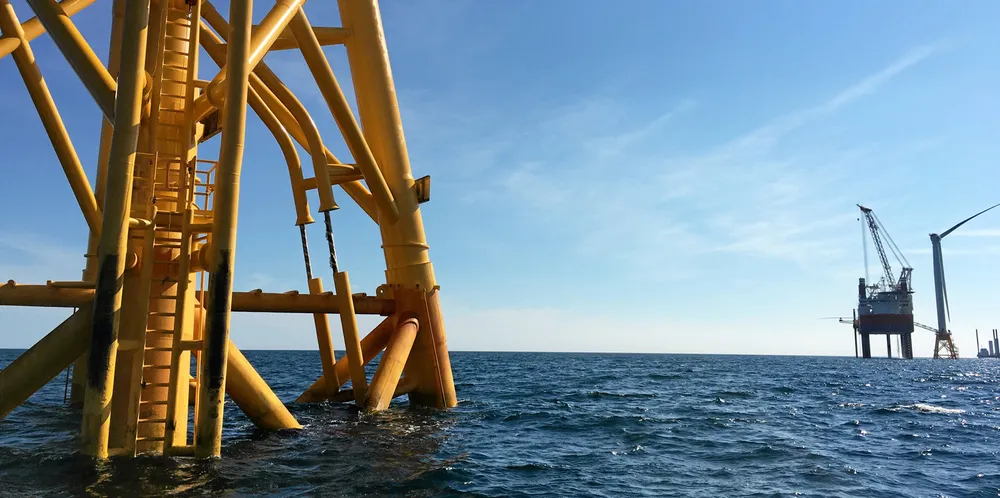Boom or bust? | US offshore wind could be left standing by turbocharged onshore network
NREL study sees huge range of potential scenarios for build-out, with HVDC grid on land pinpointed as potential limiter

Offshore wind off American coastlines could reach over 250GW by mid-century and provide 8% of the nation’s total power – or fall well short of its full promise and end up a sidenote in the nation's energy mix, a study by the US National Renewable Energy Laboratory (NREL) found.
The report's forecasts swept from 31GW to 256GW, depending on “stringency of decarbonisation policies, the generation cost differential between technologies, future transmission expansion and siting limitations of renewable-energy-generation assets”.
The sector's high costs are a major factor, coming in at $99/MWh levelised cost of energy (LCOE) versus $49.66/MWh for onshore wind and $42.21/MWh for solar for average corporate offtake contracts, according to lobbyist group American Clean Power Association (ACP).
If offshore wind can “substantially decline in cost compared to other renewables, deployment would rise to well above the core scenario (211GW versus 133GW by 2050)”, the report said.
On the other hand, construction of an inter-regional transmission linking the US' various grids and operators could move vastly more solar and onshore wind generated in the Mid-west to coastal load centres, suppressing offshore wind at 71GW by mid-century.
The study’s HVDC scenario of massive lines transporting power across the country would see the industry's prospects decline even further to 47GW.
The study's ‘core’ scenario sees decarbonisation of emissions 80% below 2005 levels by 2035 and 95% by 2050, with electrification of the economy raising power demand to 6,710TWh by mid-century, up from 3,690TWh in 2020, resulting in 133GW of offshore wind deployment.
Reaching 100% clean energy by 2050 and “very high electrification” in line with President Joe Biden’s administration's goals could exhaust “the highest-quality sites for competing land-based wind and solar”.
Meanwhile, greater uptake of electric heat pumps and vehicles could “lead to demand profiles that are more favourable for offshore wind deployment by shifting the peak-demand periods to the winter season, which is more closely aligned with typical offshore wind generation profiles,” the report said.
The result would result in even greater offshore wind capacity, up 256GW, generating 20% of power demand in Northeast and 15% in California, for 8% of the nation’s total.
(Copyright)